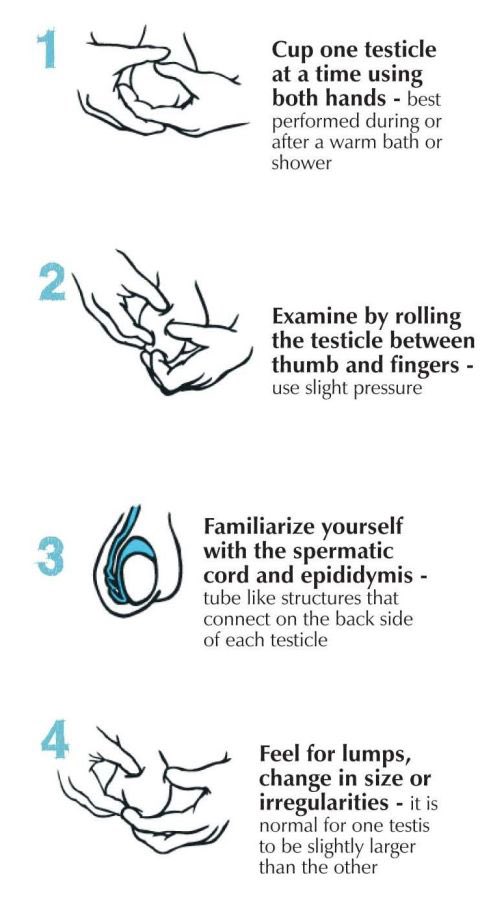
Neck and Head Cancer
Insights & Hope
Hey, tutti awesome!
Did you know that April is Oral, Neck, and Head Cancer Awareness Month? In this newsletter, we're breaking down the basics of these cancers just for you!

What is Head and Neck Cancer?
Head and Neck Cancer comprises cancers found in various areas including the oral cavity, pharynx (throat), larynx (voice box), sinus cavities, and salivary glands. Together, these types of cancers make up about 4% of all cancer diagnoses.

Common Risk Factors
Alcohol and Tobacco Use (including secondhand smoke and smokeless tobacco): Individuals who consume both tobacco and alcohol face a higher risk of developing these cancers compared to those who use either substance alone. Most mouth and voice box cancers are caused by tobacco and alcohol use.
HPV Infection: Persistent HPV infection increases the risk of oropharyngeal cancers affecting the tonsils or the base of the tongue. In the U.S., the number of oropharyngeal cancers due to HPV infection is increasing. Around three-quarters of all oropharyngeal cancers are linked to chronic HPV infection.
Gender: Oral cavity and oropharyngeal cancers are twice as common in men as in women, primarily because men have historically been more likely to use tobacco and alcohol. HPV-related oropharyngeal cancers also occur more frequently in men, with an estimated 39,290 new cases diagnosed in men out of the total 54,540 new head and neck cancer cases in 2023
Screening
At present, there are no universally accepted screening protocols for head and neck cancers. As a result, approximately 66% of head and neck cancer cases are not detected until they have reached stages three and four, when symptoms typically become apparent.
It's important to familiarize oneself with the symptoms of head and neck cancers (see fig. 2) and to seek medical advice if any of these symptoms persist. Given the anatomical locations involved, head and neck cancers can affect vital functions such as breathing, eating, drinking, and speaking, underscoring the importance of early detection and timely medical intervention.
Symptoms and Common Locations
Head and neck cancers can manifest a variety of symptoms depending on their location. Here are some common symptoms associated with different areas:
Oral Cavity: Persistent mouth sores, mouth pain, swelling or lumps in the mouth, difficulty chewing or swallowing, persistent bad breath.
Pharynx (Throat): Sore throat that doesn't go away, difficulty swallowing, persistent hoarseness, ear pain, unexplained weight loss.
Larynx (Voice Box): Persistent hoarseness or change in voice, difficulty breathing or speaking, pain when swallowing or speaking.
Sinus Cavities: Chronic sinus congestion or blockage, persistent sinus infections, nosebleeds, facial pain or swelling.
Salivary Glands: Swelling or lumps in the neck or face, numbness or weakness in the face, persistent pain near the ears or jaw.

Ways to Reduce the Risk
Embrace Healthy Habits: Incorporate nutritious foods, regular exercise, and sufficient sleep into your daily routine. A balanced lifestyle promotes overall well-being and may reduce the risk of developing head and neck cancers.
HPV Vaccination: Encourage adolescents and young adults (ages 9-26) to receive the HPV vaccine. Vaccination against HPV significantly lowers the likelihood of HPV-related cancers, including certain types of head and neck cancers.
Moderate Alcohol Consumption: Limit alcohol intake to reduce the risk of head and neck cancers. Excessive alcohol consumption is a known risk factor for these types of cancers, so it's important to drink in moderation.
Quit Smoking: Refrain from smoking tobacco products. If you or someone you know is a smoker, consider seeking assistance from free smoking cessation programs. Resources provided by organisations like the CDC and the New York State Department of Health can offer valuable support and guidance on quitting smoking.
FAQs
Check out this video for answers to the most frequently asked questions about head and neck cancers from Hopkins Medicine
Champion's story
Discover Mark's journey with his cancer diagnosis. After noticing a lump in his neck, he was diagnosed with squamous cell carcinoma of the neck.
Healthy Eating: A yummy recipe from our Frutti Chef
Good nutrition is essential for maintaining overall health and well-being. Whether you're facing health challenges or simply aiming to live your best life, making smart food choices can make a significant difference.

TFW FAM making an impact
Big shoutout to our awesome Tutti Fam for their outstanding efforts in raising awareness for Testicular Cancer last Thursday! Your dedication, support, and engagement truly make a difference in spreading awareness and understanding about this important health issue. Together, we are making strides in educating others and promoting early detection.
Together we make a difference
As we continue our journey of spreading awareness this month and beyond, we encourage you to join us in supporting each other and advocating for early detection and prevention. Together, we can make a difference in the fight against cancer and create a healthier, happier future for all.
Thank you for being part of our community and for your unwavering support. Until next time, stay bold, stay brave, stay beautiful & healthy!
Please note: The information provided in this newsletter is for general informational purposes only. It is not a substitute for professional medical advice, diagnosis, or treatment. Always seek the advice of your qualified health provider with any questions you may have regarding a medical condition.
Sources:
• American Cancer Society. Facts and Figures 2023.
• 50 Facts about Oral, Head and Neck Cancer. ENThealth. https://www.enthealth.org/be_ent_smart/50-facts-about-oral-head-and-neck-cancer/
• Head and Neck Cancers. National Cancer Institute. 25 May 2021. https://www.cancer.gov/types/head-and-neck/head-neck-fact-sheet/
• Head and neck cancer infographic. Oncology Central. https://www.oncology-central.com/infographics/head-and-neck-cancer-infographic/




 Ok this one is for the fellas, but ladies listen up, because we men are too stubborn, scared, too macho, thick headed and lazy at times to even check so sometimes you may have to take matters into you own hands.
Ok this one is for the fellas, but ladies listen up, because we men are too stubborn, scared, too macho, thick headed and lazy at times to even check so sometimes you may have to take matters into you own hands. 

 9
9










 1/11
1/11


